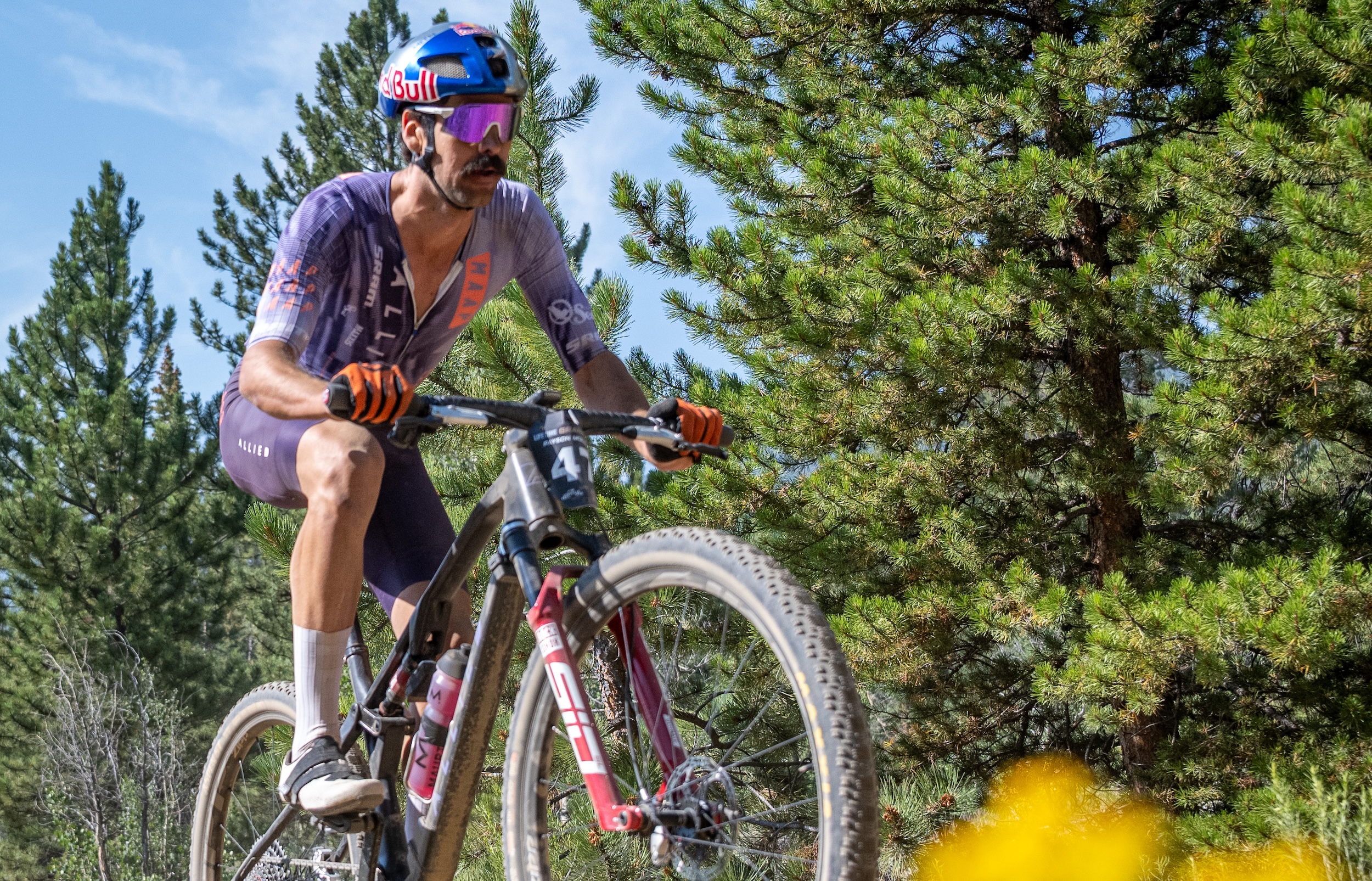Merida adds cooling fins and RAT axles to new Scultura Disc
Merida licenses Focus' quarter-turn axle system; puts first WorldTour team on discs
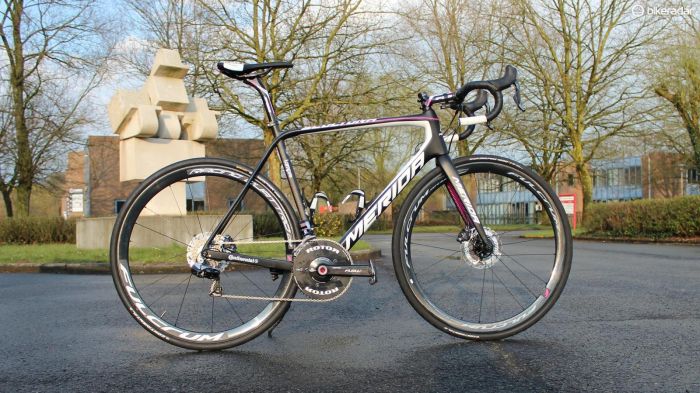
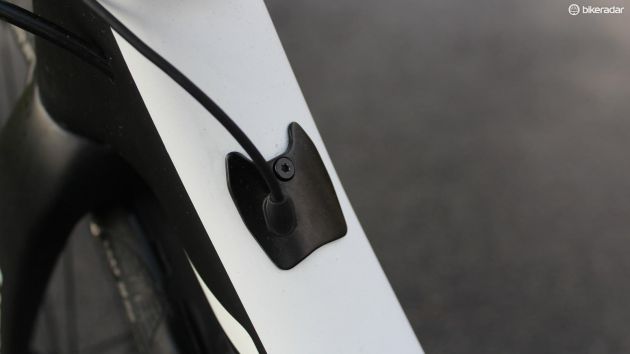
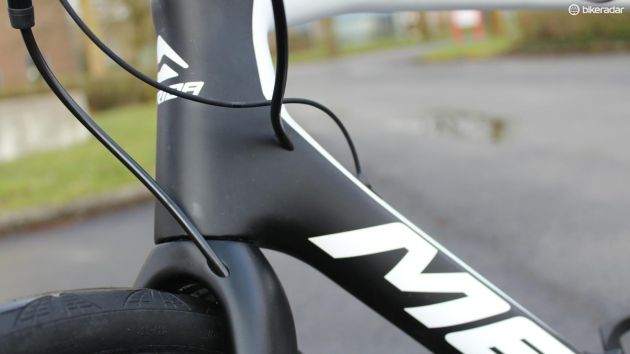
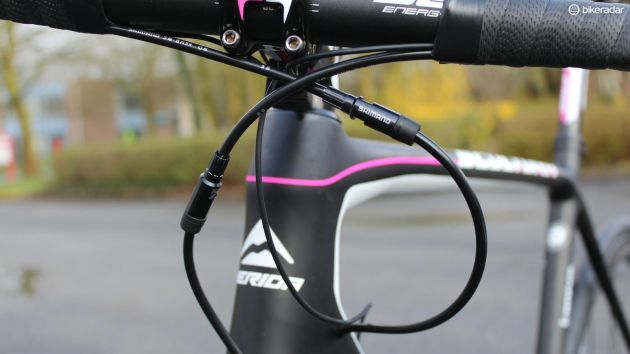
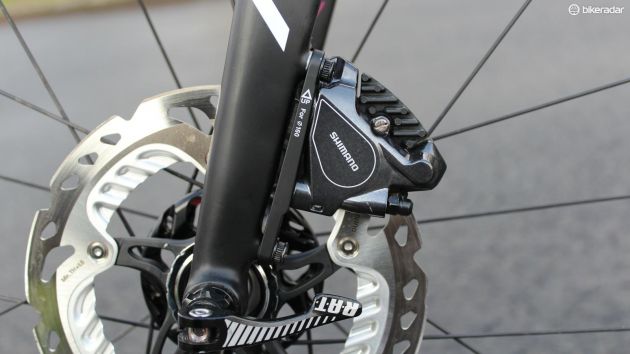
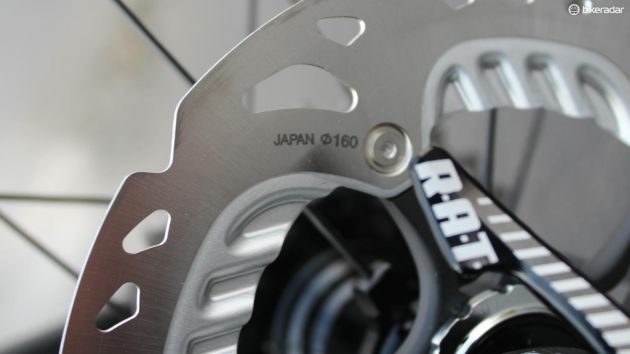
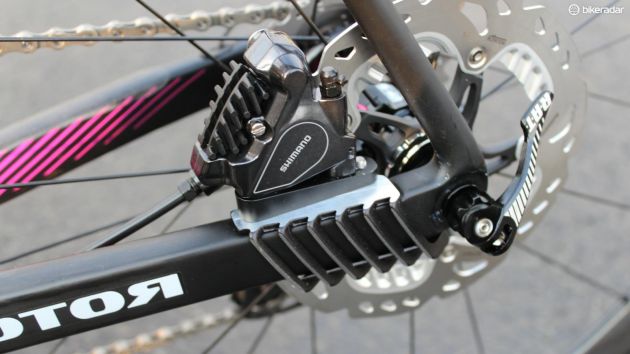
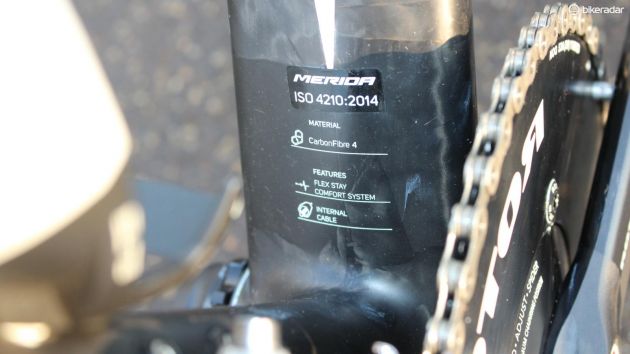
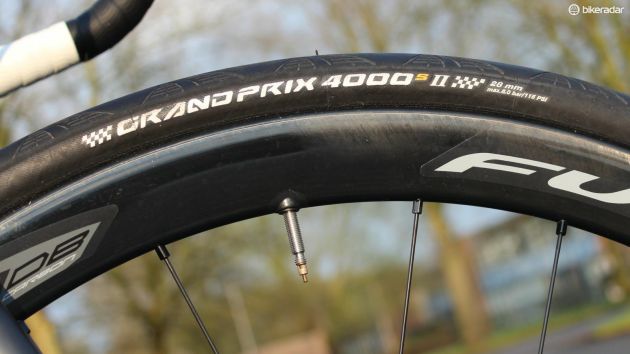
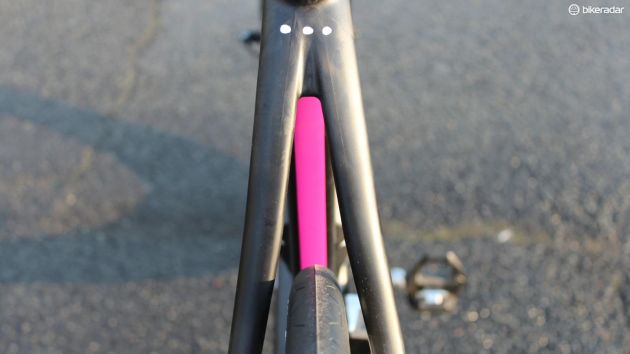
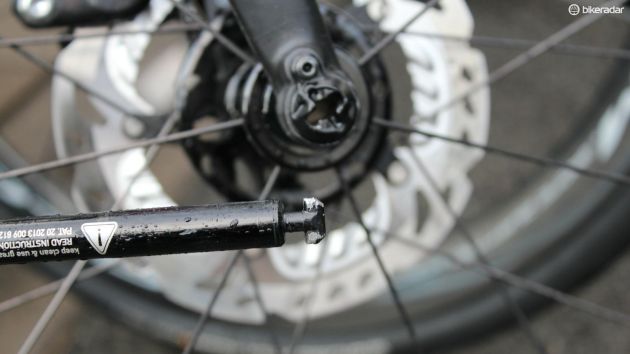
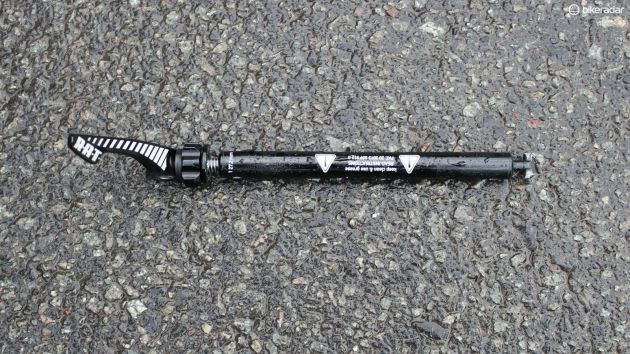
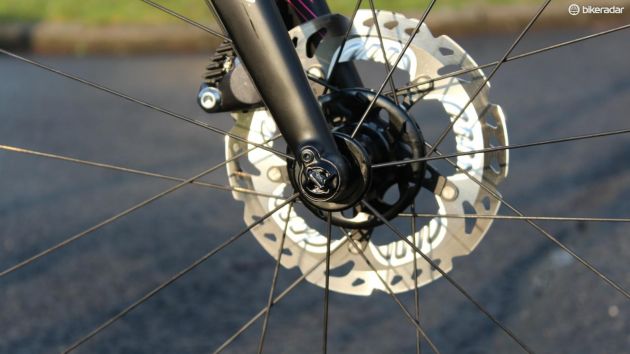
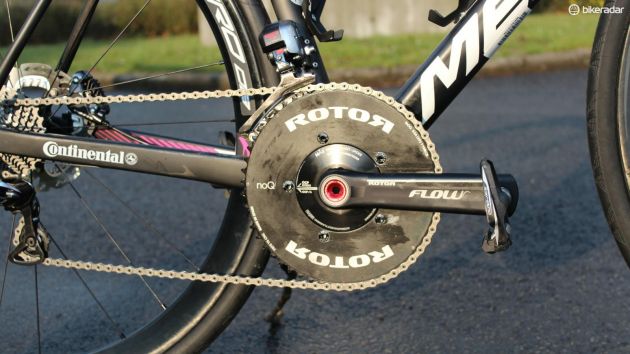
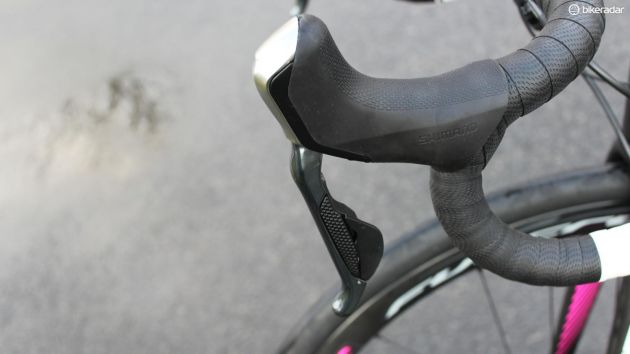
This article originally appeared on BikeRadar
Merida made history this April by putting its new Scultura Disc frames under Lampre-Merida at the Tour of Flanders, making the squad the first WorldTour team to ride all on disc brakes in a major professional road event. Now Merida is launching that bike to the general public, with two of the most notable points being a rotor-cooling system on the chainstay and the quarter-turn RAT axles Merida has licensed from Focus.
Pricing and specific models have not yet been announced. Most models will be available in the UK, some models will be sold in Australia, but none will be available in the United States because of an agreement with Specialized. (Merida owns a substantial share in the Californian company and produces its bikes.)
The Scultura Disc is quite similar to the existing Scultura, which traces its roots back to 2006, when it was Merida's first monocoque carbon frame. The company got frame weigh down to 840g in 2008, and reduced it further to 740g by 2015.
Aside from a redesigned fork and a reinforced rear end to handle the forces of disc brakes, plus RAT axles, the frameset is largely the same. The chainstays are 8mm longer, moving to a still-quite-agile 408mm. A size 54cm Scultura Disc frame weighs 900g. But for this bike, ultimate light weight was not the primary goal, though, said Merida product director Jürgen Falke.
"The targets for this bike were weight, comfort, cable routing, heat management, and ease of use for the axle and wheel changes," Falke said.
Falke and his team designed some compliance into the chain- and seatstays — adding flax into model the carbon lay-up in 2012 — and on the Disc model the absence of a brake bridge on the seatstays allows for a bit of vertical flex. But the biggest accommodation for comfort is simply the ability to handle 28mm tires, and all the cushioning that wide tires and lower pressures allow.
The latest race content, interviews, features, reviews and expert buying guides, direct to your inbox!
"It's hard to quantify comfort. Measuring the deflection from a static load is one way, but not necessarily reflective of reality," said Falke, adding that Merida built a jig that replicates riding on a bumpy surface and measures deflection at the saddle and rear dropouts. This set-up was used to fine-tune the Scultura's lay-up.
There are three versions of the frame, two carbon versions and one alloy.
The top-end CF4 is the one that weighs 900g in size 54cm. It has pro-style geometry and is the frame Lampre-Merida is racing.
The CF2 is 'just below 1,000g' and the LITE alloy frame is 'below 1,500g', Merida says. Both of these have more relaxed, more upright geometry than the CF4.
Specifications for the Scultura Disc bikes
- 12mm thru-axles (100mm front, 142mm rear)
- 160mm discs per UCI's recommendation
- RAT axles (Rapid Axle Technology) that feature quarter-turn engagement instead of a threaded design
- Flat-mount clipers
- BB86 bottom bracket on carbon frames, BB386 on alloy
- clearance for 28mm tires
One noteworthy point on the frame design is the sculpted piece of metal sitting on the non-drive chainstay that Merida calls this the Disc-Cooler. Similar to the cooling fins on Shimano calipers, this forged-alloy finned section of the frame is designed to direct air over and thus cool the brakes. Merida claims that during a four-minute session of braking on a descent, the Disc-Cooler reduced temperature by 35 degrees Celsius. A standard disc set-up would hit 95 degrees Celsius after four minutes of braking, Merida claims. Further, once stopped, the rotor cools in half the time as a disc brake without it, Merida claims.
